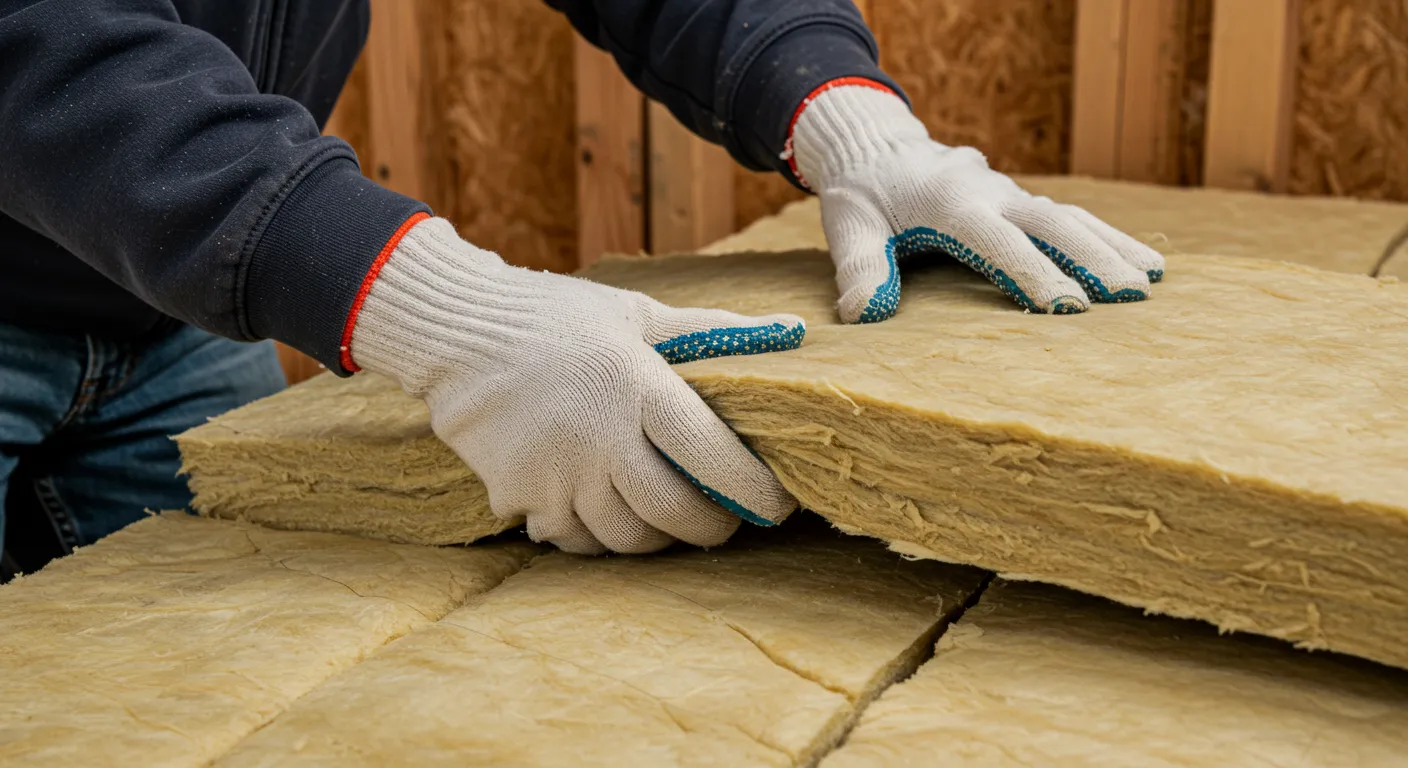
Fiberglass batt insulation is a widely used material designed to improve energy efficiency in residential and commercial buildings. It consists of pre-cut panels made from fine glass fibers that trap air, reducing heat transfer. This type of insulation is commonly installed in walls, floors, ceilings, and attics to regulate indoor temperatures and lower energy costs.
The effectiveness of fiberglass batt insulation is measured in R-values, which indicate its thermal resistance. The right thickness depends on factors such as climate, building structure, and energy efficiency goals. For homeowners and contractors in Hearne, TX, choosing the correct insulation thickness is crucial for maintaining comfort and minimizing utility expenses.
Hearne, TX, experiences hot summers and mild winters, making insulation essential for keeping homes cool in the summer and warm in the winter. The Department of Energy recommends different R-values based on regional climate zones. In central Texas, recommended R-values include:
Local building codes in Hearne, TX, specify minimum insulation requirements to ensure energy efficiency and compliance with environmental standards. The International Energy Conservation Code (IECC) sets guidelines that dictate the minimum R-value for new construction and renovations. Homeowners should consult professionals to verify that their chosen insulation meets regulatory standards.
Fiberglass batt insulation thickness varies depending on the desired R-value:
| R-Value | Thickness (inches) | Typical Application |
| R-11 | 3.5″ | Interior walls |
| R-13 | 3.5″ | Exterior walls (mild climates) |
| R-19 | 6.25″ | Floors and crawl spaces |
| R-30 | 9.5″ | Ceilings and attics |
| R-38 | 12″ | High-efficiency attics |
| R-49 | 14″ | Maximum efficiency attics |
Choosing the right thickness depends on where the insulation is being installed and the level of thermal resistance required for optimal comfort.
Effective insulation goes beyond thickness. Proper air sealing and ventilation are crucial for preventing drafts, moisture buildup, and energy loss. Even the best insulation will underperform if air leaks are left unaddressed.
While fiberglass batt insulation is relatively easy to install, professional installation ensures:
D&D Insulation LLC provides expert insulation services in Hearne, TX, ensuring that homes and businesses achieve the best thermal performance.
Homeowners looking for enhanced efficiency can combine fiberglass batt insulation with other insulation types:
Investing in the right insulation thickness reduces heating and cooling costs over time. Proper insulation can lead to:
Fiberglass insulation is made from recycled glass materials, making it an environmentally friendly choice. It also improves energy efficiency, reducing overall carbon footprints.
Selecting the appropriate fiberglass batt insulation thickness is a key factor in improving energy efficiency and indoor comfort. By considering climate conditions, building codes, and installation best practices, homeowners in Hearne, TX, can make informed decisions.
For expert guidance and professional installation, contact D&D Insulation LLC at (903) 389-5705 or email [email protected].
The recommended R-value for attics in Hearne, TX, ranges from R-30 to R-60, depending on energy efficiency goals.
Yes, as long as the old insulation is dry and in good condition. Avoid compressing the new layer, as it reduces effectiveness.
Fiberglass insulation is safe when properly installed. Wearing protective gear during installation can prevent skin irritation.
Fiberglass insulation is more affordable and easier to install, while spray foam provides better air sealing and higher R-values per inch.
Fiberglass insulation can last 20-30 years or more if properly installed and maintained.
High energy bills, uneven temperatures, and drafts are common signs of inadequate insulation.
Yes, but professional installation ensures proper fitting, compliance with codes, and better performance.
Costs vary based on thickness and R-value. Contact D&D Insulation LLC for a customized quote.
Yes, it helps absorb sound and reduce noise transmission between rooms.
Faced insulation has a vapor barrier, while unfaced insulation is used for layering or areas where a barrier is unnecessary.